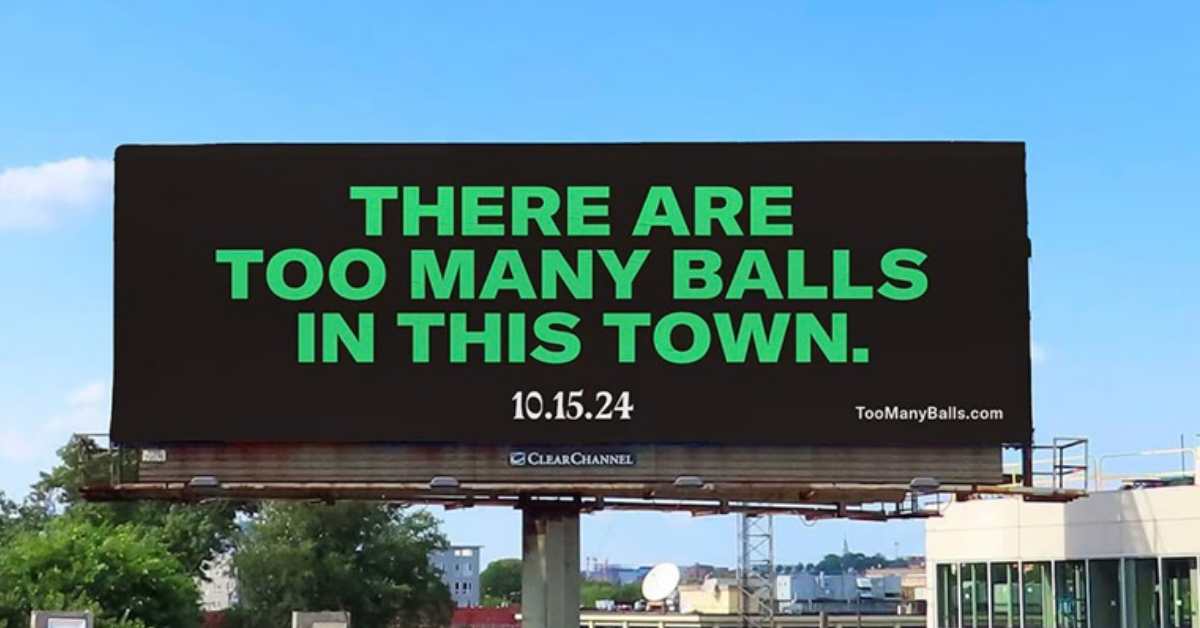Chances are pretty good that your marketing budget has been negatively impacted by the COVID-19 pandemic. And even as states reopen and restrictions lift, your budget may be in flux for the rest of 2020. It can leave you in a challenging spot as you plan for getting your business back in front of customers.
The good news is that this is a great time to focus on a channel that doesn’t always get enough attention: SEO.
How does organic, effective, and (mostly) free marketing sound? Time spent buoying your organic search presence can help soften the post-COVID-19 landing, and set your business up for long-term success.
Here are 4 organic search optimizations to focus on right now:
1. Make it Easy for Customers to Reach You
One good way to lose potential customers is to have a complicated sales funnel. If you get a user on your site, that’s a win, but it’s only a start. If that user likes what they see or want to learn more, make sure they can take this next step seamlessly.
Take some time to revisit your website and ensure that interested users have a clear, simple path to engagement. As I wrote awhile back, remember that websites are for people.
Start your checkup with some simple questions:
- Is there a click-to-call phone number in the header/footer?
- Is there a Contact link to a lead/feedback form from the header/footer?
- Is there an FAQ page populated with popular questions and complete, thoughtful answers?
- Is there a chatbot to help guide users toward where they’re trying to go? (this functionality may not be necessary for smaller sites)
2. Answer the question: “You Open?”
Make sure you address the elephant in the room. Most people are clueless about which businesses have been impacted by COVID-19 and how. Because some businesses have worked to stay fully operational, and others will have totally closed down, within the same industry. And it varies from state to state, city to city. The truth is, there’s only one way to really know: Ask. And that’s something people know how to do.
Users should be able to find out if you’re open for business within Google search results.
That means that it’s time to refresh the metadata on your primary navigation pages to include a quick statement that answers the question of whether you’re open or not, and any changes to ordinary business hours. If you are still open, and you opt to keep your metadata the same, don’t assume that people will believe that you’ve been unaffected. Instead, they may assume that your business forgot or hasn’t gotten around to updating its web presence to address COVID-19. If you’re still open, then add, “We’re still open!” to your title tags.
This is a process we’ve just gone through with a few of our clients, including Assembly Row, to ensure that customers can find the right information, easily, and that the on-site experience accurately reflects on-property experience.
Bonus: add an FAQ somewhere on your site that simply and directly answers: Are you still open?
3. Discover Relevant COVID-19-Era Keyword Trends
Even if you had confidence in which aspects of your business are most commonly searched for, all bets are now off in the COVID-19 era. It’s a great idea to take another look at a bunch of your top target keyword phrases in Google Trends.
Don’t just reason it out and guess which keywords might be newly trending in the COVID-19 era—actually plug in your top 50-100 keyword phrases and see how they’ve fared in the past six months or so. It only takes a half-hour to complete this exercise, and you may gain valuable insight about emerging trends that your business could capitalize on during this unique moment in history.
And let’s be honest, it’s probably been awhile since you’ve run a checkup on your target keyword list anyway—there’s no better time than now to do your spring cleaning and re-establish baselines.
4. Optimize Toward Engagement
You don’t build a website just to fill space and let it gather dust. Develop fresh, relevant content that appeals to your customer base. Engagement often doesn’t happen overnight, so don’t expect to push a button and get lead forms flooding your inbox.
Remember, it can take time to build a customer’s trust and interest—but this is what true “engagement” is. Getting a user to your site is only the first step—as we know that 98% of users don’t make a purchase during their first visit to a site.
Think ahead, and make sure you have a good answer to this question: What on my website gives users a reason to return?





